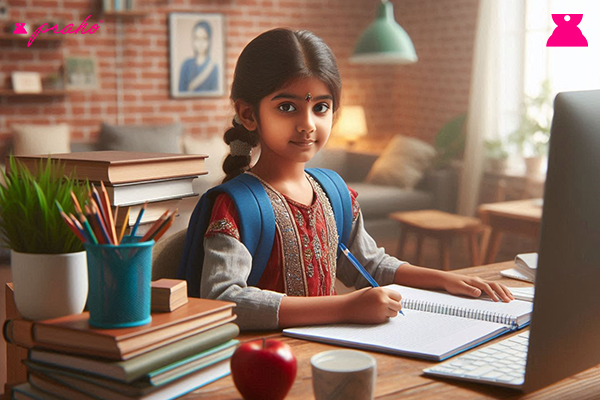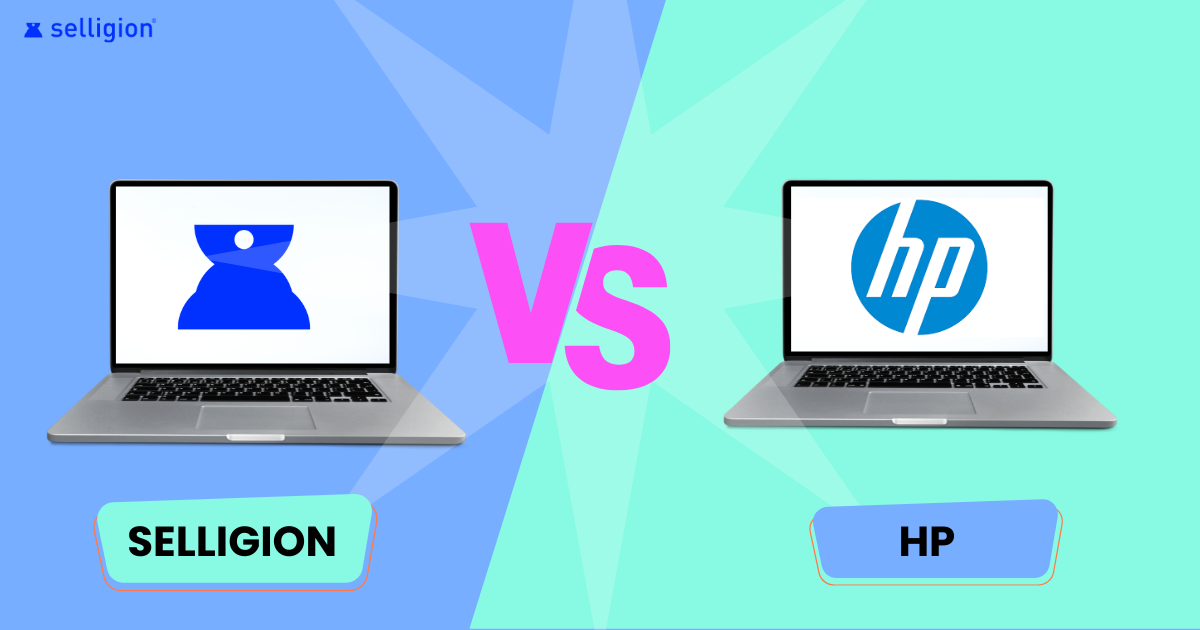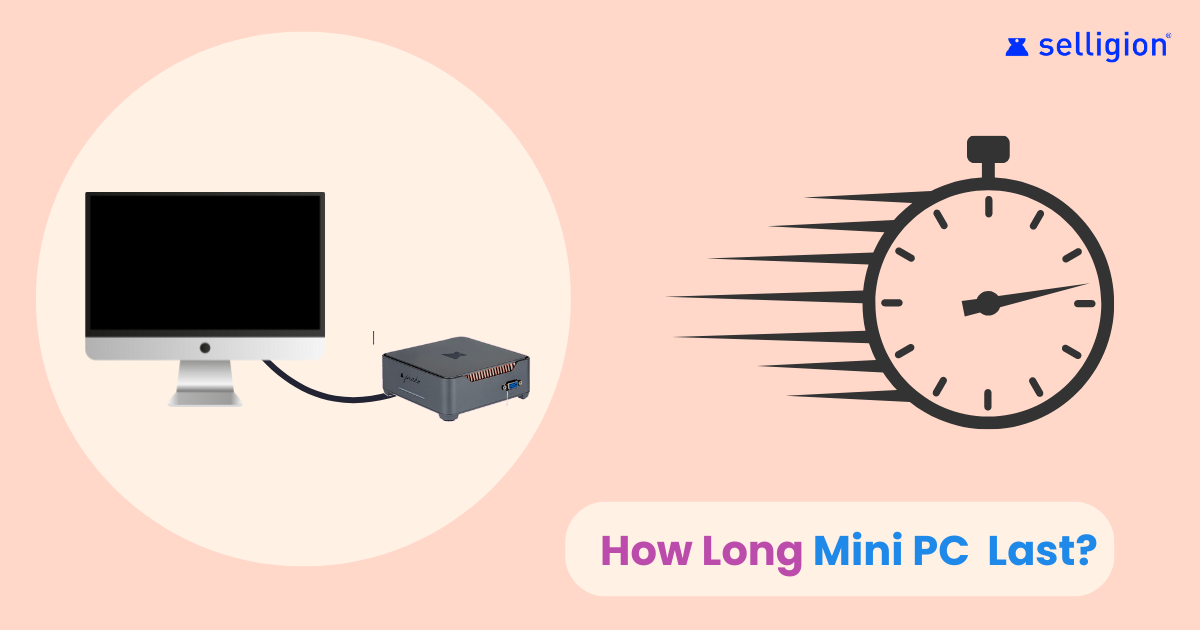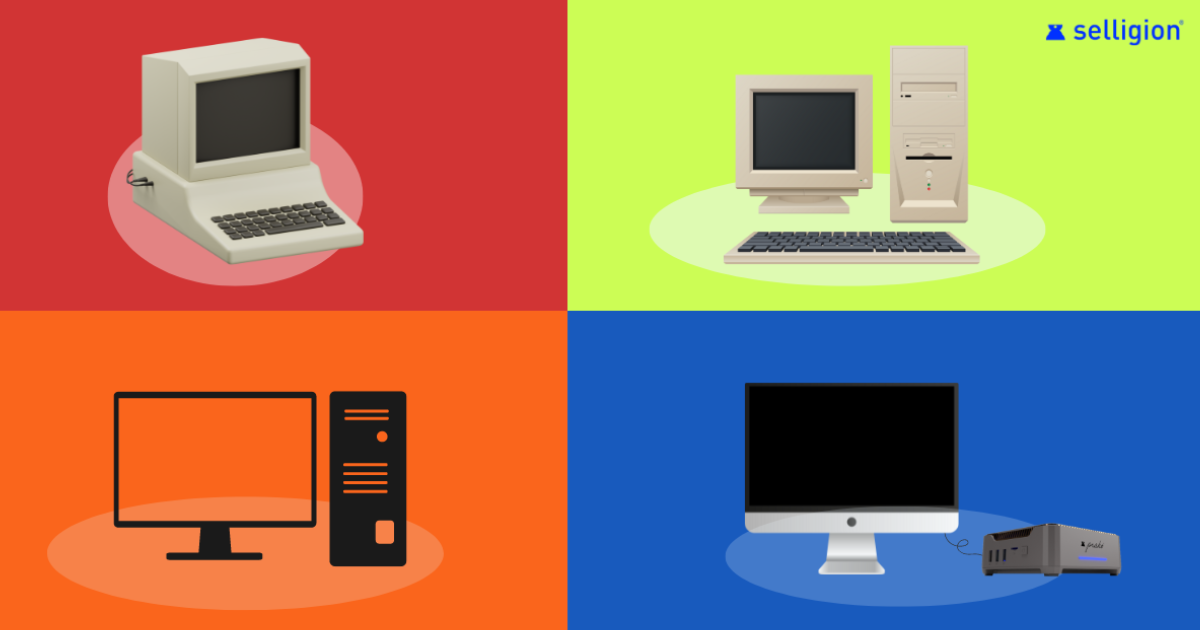
Learn Web Designing in 9 Days for Free with Praho
Web designing is a valuable skill in today’s digital world, offering creative and professional opportunities for people of all ages. The good news is that you don’t need to spend a fortune to learn web designing. All you really need is a computer like Praho, a Linux-based PC that’s perfect for learning and mastering new skills. Here’s a guide to help you learn web designing in just nine days, using free online resources that you can access easily with Praho.
Day 1: Introduction to Web Designing
Begin your journey by understanding the basics of web designing. On the first day, focus on getting familiar with the foundational concepts such as HTML, CSS, and JavaScript. These are the building blocks of web development. You can start by visiting W3Schools, which offers comprehensive tutorials on these languages. W3Schools is an excellent resource for beginners, with interactive examples and easy-to-understand explanations.
Day 2: Learn HTML
HTML (HyperText Markup Language) is the backbone of any website. Spend the second day diving deep into HTML. Focus on learning how to structure a webpage, create headings, paragraphs, lists, links, and embed images and videos. Platforms like MDN Web Docs provide detailed documentation and examples that will help you grasp HTML concepts thoroughly.
Day 3: Master CSS
CSS (Cascading Style Sheets) is what makes your website visually appealing. On the third day, concentrate on learning how to style your HTML elements using CSS. Learn about colors, fonts, layouts, and how to create responsive designs. CSS-Tricks is a fantastic resource for learning CSS. It offers tutorials, articles, and examples that can help you create beautiful, responsive web designs.
Day 4: Introduction to JavaScript
JavaScript adds interactivity to your websites. On day four, start learning the basics of JavaScript. Understand how to make your website interactive by manipulating the DOM (Document Object Model), handling events, and performing calculations. JavaScript.info is a comprehensive guide that covers everything from the basics to more advanced JavaScript topics.
Day 5: Explore Responsive Design
Responsive design is crucial for ensuring your website looks good on all devices, from desktops to smartphones. Spend day five learning about media queries and flexible layouts. Responsive Design by FreeCodeCamp is a great resource to help you master this skill. FreeCodeCamp also offers a responsive web design certification, which you can start with.
Day 6: Introduction to Web Design Tools
On day six, explore free web design tools like Figma, GIMP, and Inkscape. Figma is excellent for creating prototypes and collaborating with others, while GIMP and Inkscape are powerful open-source alternatives to Photoshop and Illustrator. Learning these tools will help you create more professional designs.
Day 7: Practice by Building a Simple Website
Now that you’ve covered the basics, it’s time to put your knowledge into practice. On day seven, build a simple website using HTML, CSS, and JavaScript. Focus on creating a responsive layout, applying styles, and adding interactivity. Use CodePen to write and test your code online. CodePen is an interactive platform where you can see your code’s output in real-time, making it easier to debug and improve your work.
Day 8: Learn About Web Hosting and Deployment
Once you’ve built your website, the next step is to learn how to host and deploy it online. Day eight should be dedicated to understanding how web hosting works and exploring free hosting options like GitHub Pages or Netlify. These platforms allow you to host your website for free, making it accessible to the world.
Day 9: Explore Advanced Topics and Practice More
On the final day, dive into more advanced web designing topics such as CSS animations, JavaScript frameworks (like React or Vue.js), and web performance optimization. Continue practicing by building more complex projects. Smashing Magazine offers in-depth articles and tutorials on advanced web design topics that can help you refine your skills.
10 Useful Online Websites for New Designers
- W3Schools - Comprehensive tutorials for beginners in HTML, CSS, and JavaScript.
- MDN Web Docs - In-depth documentation and guides for web development.
- CSS-Tricks - Advanced CSS tips and tricks with practical examples.
- JavaScript.info - A complete guide to learning JavaScript from scratch.
- FreeCodeCamp - Interactive learning platform with certifications in web design.
- Figma - A powerful tool for designing and prototyping user interfaces.
- GIMP - An open-source image editor similar to Photoshop.
- Inkscape - A free vector graphics editor ideal for creating scalable designs.
- CodePen - An online code editor for testing and sharing web design projects.
- Smashing Magazine - A source of advanced web design tutorials and industry insights.
Conclusion
Learning web designing doesn’t have to be expensive or time-consuming. With a powerful Linux-based PC like Praho and access to free online resources, you can become a proficient web designer in just nine days. Praho provides a distraction-free and secure environment, making it the ideal tool for anyone looking to learn new skills without breaking the bank. All you need is the right mindset, dedication, and a computer like Praho to embark on your web designing journey.
You can now buy India's best Educational PC for a discount. To know more, Visit Praho.in now!





